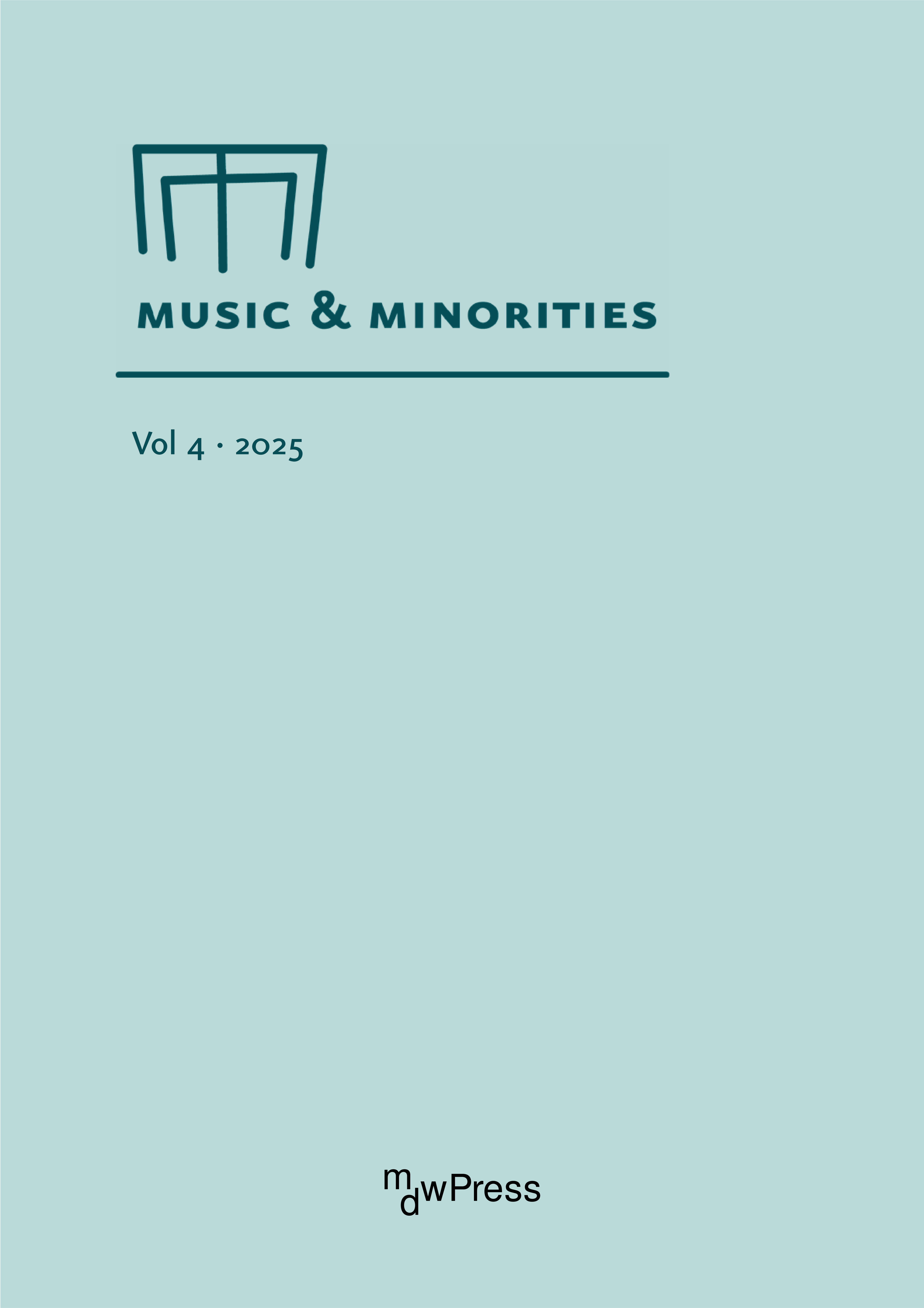Constructing an Ethnic Minority through Musical Theater
A Case Study of the Zhuang
DOI:
https://doi.org/10.52413/mm.2025.38Keywords:
Minority, Ethnicity, Asian Music, Invented TraditionsAbstract
After the establishment of the People’s Republic of China, the communist regime announced the existence of 56 ethnic groups, comprising the Han people and 55 ethnic minorities. Since then, statements like “China has 56 ethnic groups” or “There are 56 officially recognized ethnicities” have been appearing as a description of an objective fact or commonsensical knowledge in scholarly and media discussions of Chinese music and culture. At the same time, anthropologists point out that members of the same Chinese ethnic minority may have language traits, customs, habits, and traditions that largely vary from one place to another. I contribute to this existing body of literature by examining the role of music in shaping ethnic identities, both in terms of internal cohesion and external conceptions. This article provides a case study of the Zhuang ethnic group, the largest ethnic minority in China, whose members lacked a shared set of cultural attributes or a common sense of self-identification before the 1950s. I will focus on how a Liu Sanjie-themed musical theater production was created and spread to lead registered members of the Zhuang embrace a fictional collective past, to construct shared cultural traditions among them, and to shape their sense of identity. Drawing upon both historical and ethnographic data, this article also investigates how the nationwide promotion of Liu Sanjie-themed theater has been leading Chinese citizens, who may never meet or talk to a Zhuang member, to imagine the time-honored existence, life, and thoughts of this constructed ethnic minority.
Published
Issue
Section
License
Copyright (c) 2025 Kai Tang

This work is licensed under a Creative Commons Attribution-NonCommercial 4.0 International License.
Contributions to M&M are published under a Creative Commons Attribution-NonCommercial 4.0 International (CC BY-NC 4.0) license. Parts of an article may be published under a different license. If this is the case, these parts are clearly marked as such.




